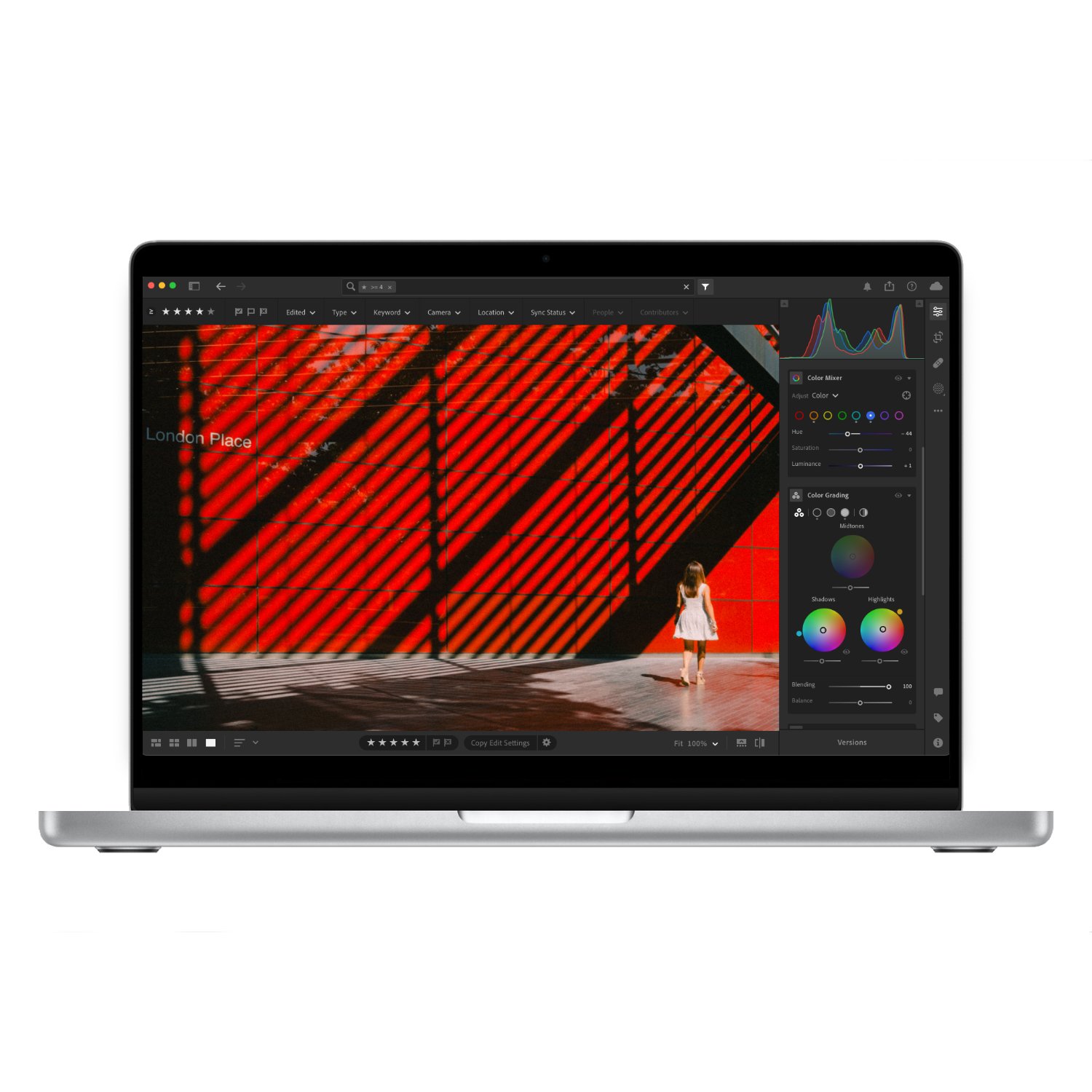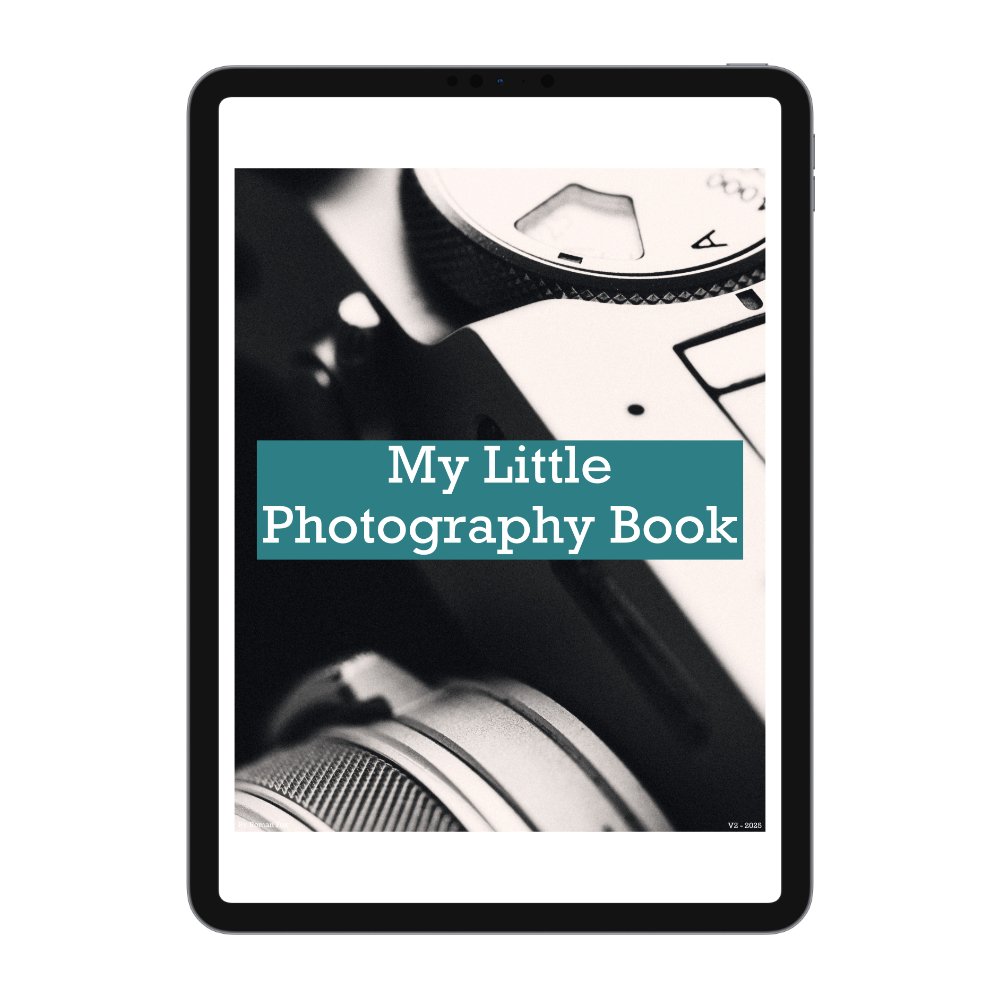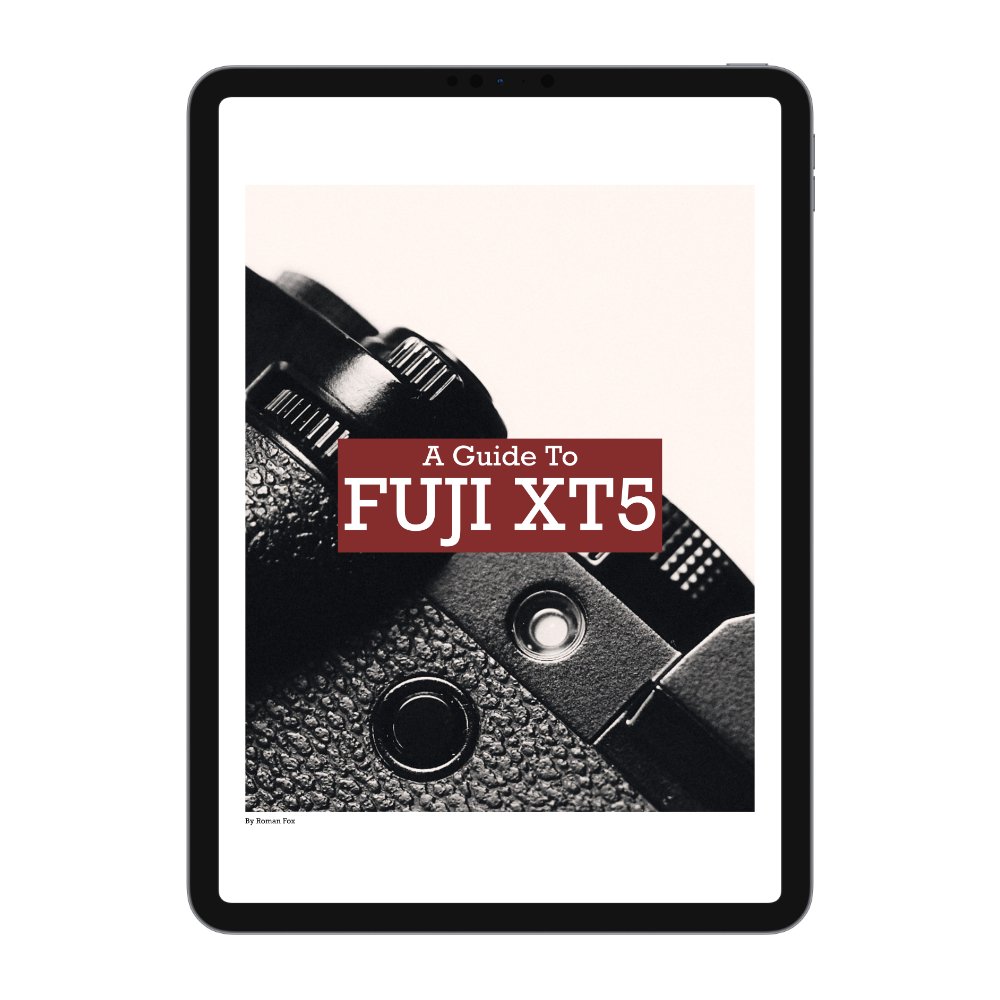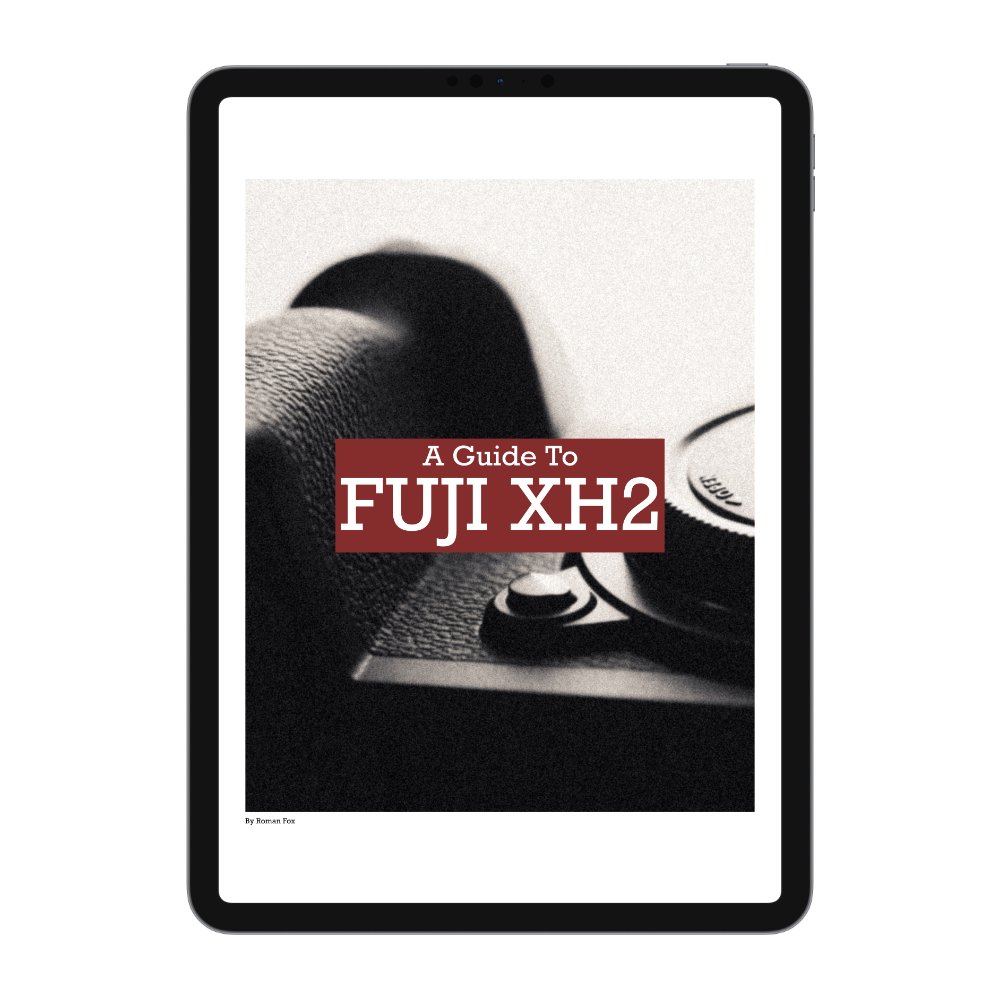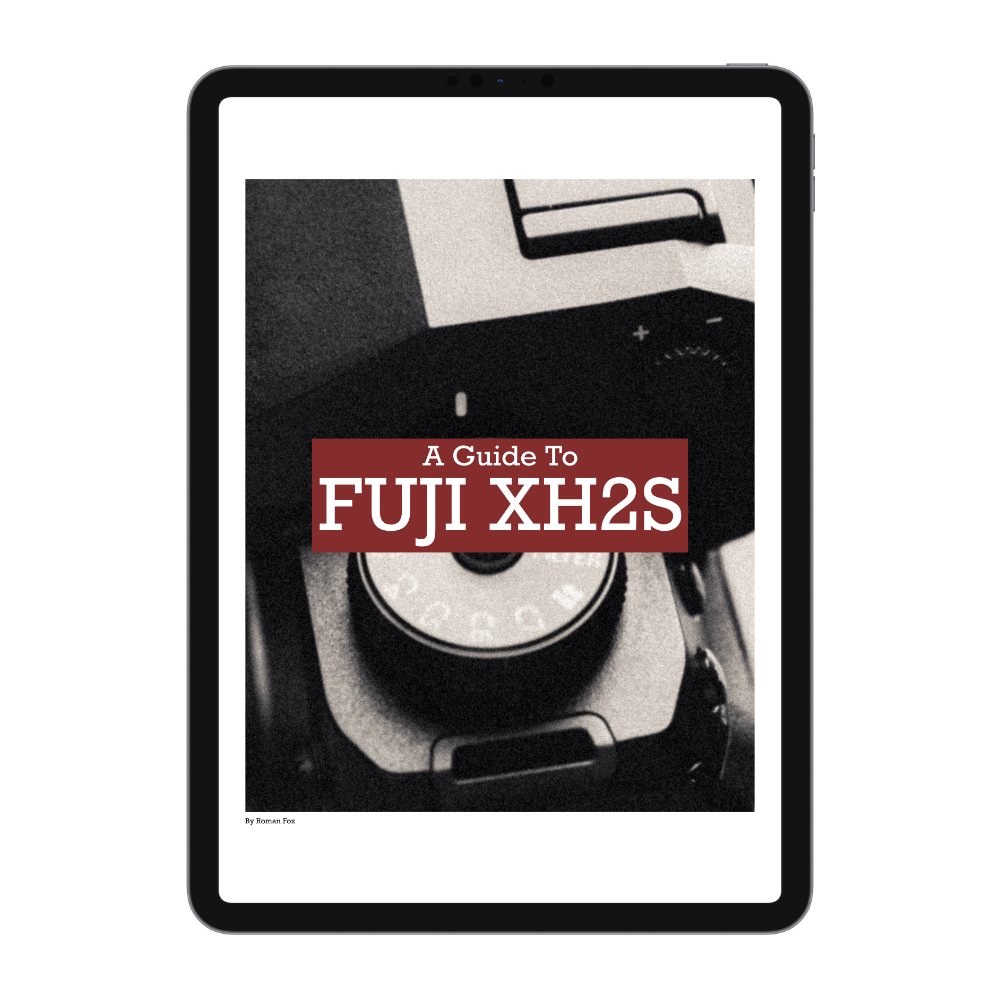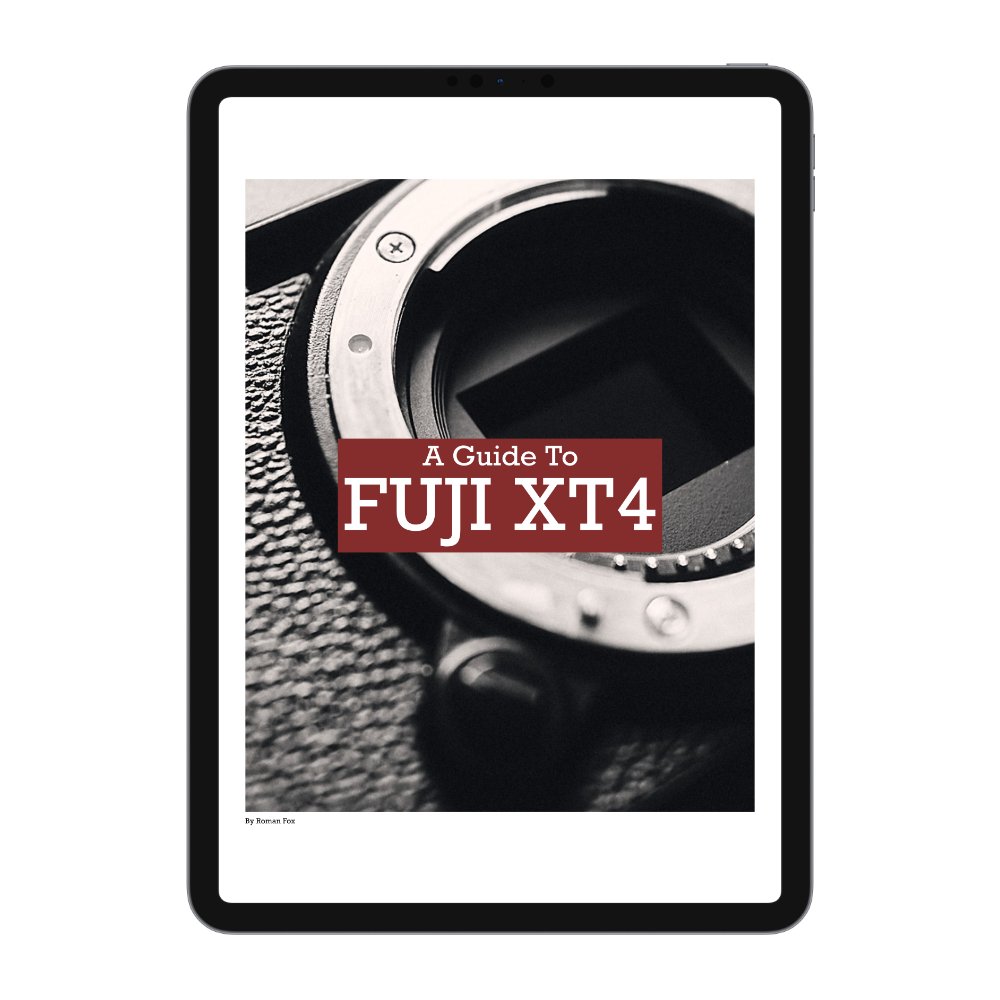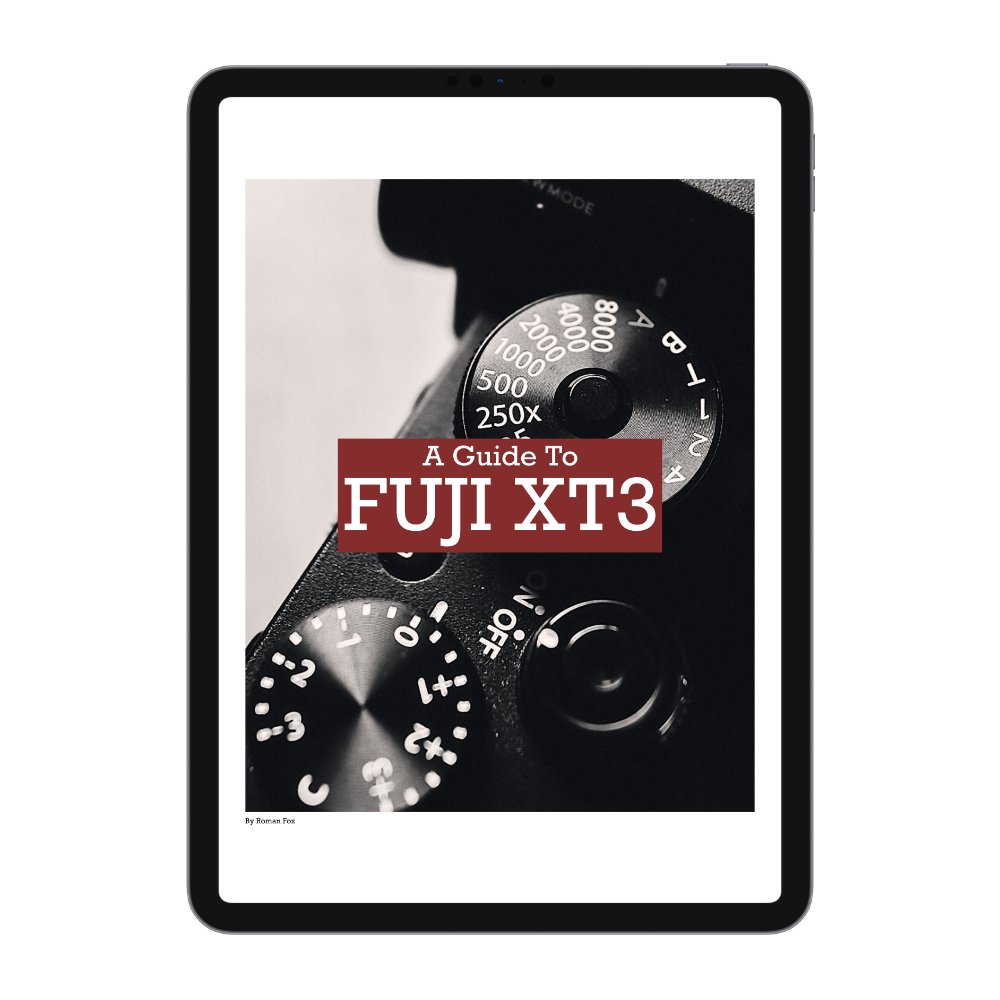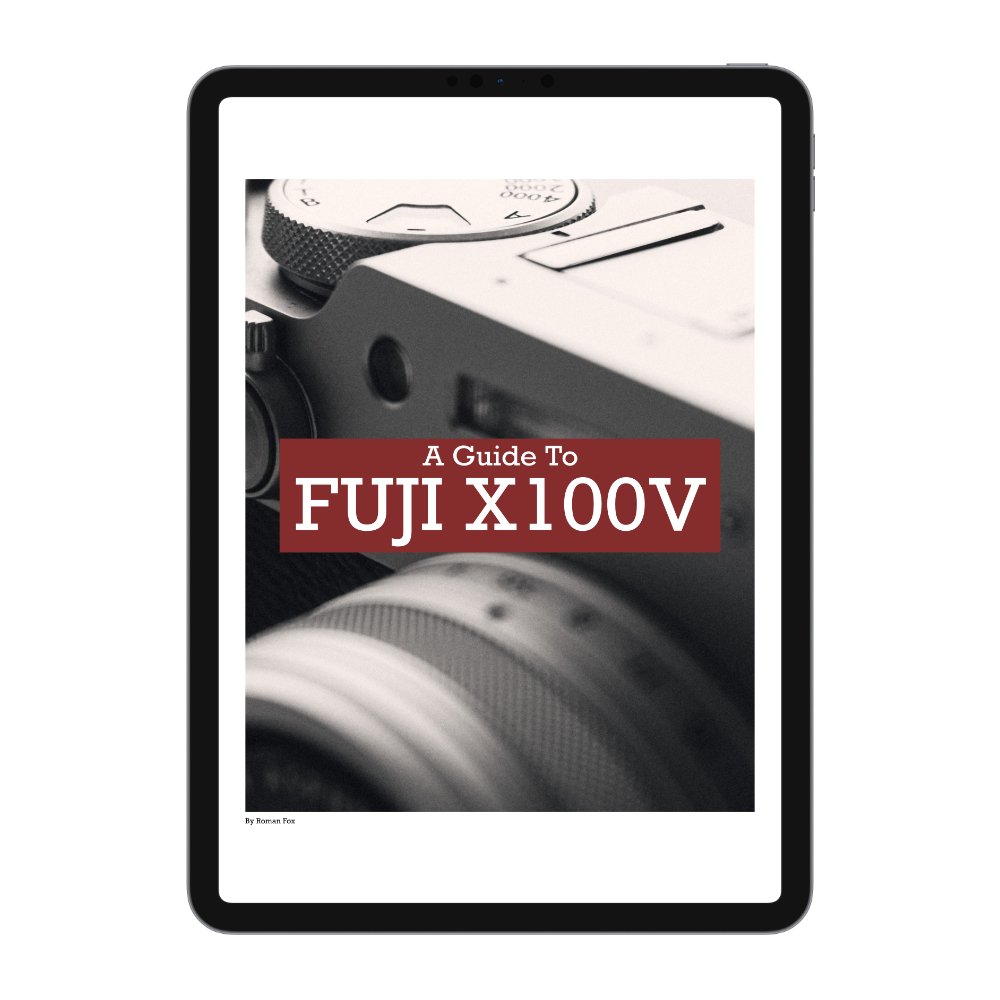Fujifilm to Sony - 6 Months Later
In December of last year, I switched my main workhorse photo and video kit from Fujifilm to Sony, and in this blog, I will share a 6-month update on how the switch went, the benefits, drawbacks, lessons, pain points, and ultimately if I feel it was the right decision or not.
At no point was I affiliated with any brand, and I paid for all the camera gear with my own money. It’s also worth noting that I view cameras as tools, and I don’t have a soft spot or loyalty to specific brands. With that in mind, everything I am sharing with you is based on my personal real-world experience.
Why did I decide to switch?
I’ve covered this before, but as a quick summary, here are the reasons:
Fujifilm’s pro bodies, such as the XH2, grew in size and were now bigger than some Sony full-frame systems. My current A7R5 setup is actually more compact than what I had with Fuji.
Fujifilm’s main focus seems to be the beginner market, and I felt that cameras were lacking many pro features that are found in full-frame bodies.
The autofocus was acceptable for my photo needs but unreliable for video.
After 7 years of exclusively using Fuji, I became bored and wanted to try something else.
I found myself being overly reliant on Fuji colour science for my editing.
I didn’t really use the JPEGs and edited everything from RAW.
As someone who runs a photography blog / YouTube channel, using a new camera can also open my work up to a new audience.
My Sony Set Up
I’ve also covered this before, but here’s a brief summary:
Sony A7RV (Main)
Sony A7CII (Backup)
Sony 24-50mm f/2.8
Sony 70-200mm f/4
Sony 16-25mm f/2.8
Sigma 35mm f/2
Sigma 50mm f/2
Sigma 90mm f/2.8
My Old Fuji Set Up
For context, this is what I used to use when shooting with Fuji:
Fuji XH2s (Main)
Fuji XT5 (Backup)
Fuji 16-55mm f/2.8
Fuji 50-140mm f/2.8
Fuji 18mm f/1.4
Fuji 33mm f/1.4
Fuji 56mm f/1.2
Initial Set Up
The initial transition to the Sony wasn’t as complicated as I thought it would be. About 3/4 of the menu is self-explanatory, and the rest could easily be found in the manual or on Google. It took me about 4 months of going between different setups and operating modes to get to a level I’m happy with. I’ve still not 100% gone through all the possibilities, so this is very much a work in progress. From my understanding, Sony menus have come a long way, which is why I might have had an easier time setting it up.
How The Camera Feels
I can totally understand why some people think this camera is boring and soulless; however, even though I can understand it, I can’t say I share the same experience. For me, this camera feels great in the hand with all the buttons and dials being exactly where I’d want them. Of course, it feels more like a computer compared to a Fuji X-PRO or Leica M system; however, that’s the selling point. I published a blog about this before, but this camera feels like it can get out of your way and allow you to focus on photography, not on working around various quirks and shortcomings. It works exactly as expected, it’s quick, efficient, and gets the job done with no fuss. For some, that’s boring; for others, it’s exactly what they want. Whilst I enjoy the Fuji X100-style cameras, I’d much rather pick the Sony when getting the shot matters more than interacting with the camera.
Colour & Editing
This has been a steep learning curve, and I am nowhere near the finish line yet. As I mentioned earlier, part of the reason for switching away from Fujifilm is to be able to edit without relying on a specific colour science. Getting the colours right has been by far the biggest challenge. The raw files respond differently, the colours look different, and in many ways, I had to go back to the drawing board for how I edit numerous times. I can categorically say that if you hate editing, Sony is not for you. If I only shot JPEGs or I didn’t enjoy editing, I would have switched back to Fuji by now for sure. Luckily, I enjoy editing, and I love feeling like an amateur, so this challenge is highly welcomed.
Sony > Fuji
Despite the colour science, there are quite a few areas where I noticed a substantial improvement.
Sony gear seems to be getting smaller and lighter with each new release. My A7RV is smaller than the XH2s I used to use. While the lenses overall are still a little bigger and heavier, that difference has certainly closed up.
Sony has a bigger choice of lenses. Not only are there more native lenses to pick from, but the third-party support is vastly greater than Fuji (for now). Sony also has more unique sense offerings such as the amazing 24-50 f/2.8 that is reversed, meaning it starts at 50mm and not 24mm.
You can use the Sony with full-frame and APSC glass, which further improves the usability. I used my A7R with a tiny Viltrox APSC lens and had a system that was more compact than my Fuji equivalent. In APSC mode, you still get 26mp files with an R body.
Much more room for customisation. The Sony can be customised in many more ways than any Fuji camera. I won’t go into details on this blog, but the difference is night and day. For example, I have the centre button set to trigger shutter priority at 1/30th speed. This means I can go from shooting in Aperture Priority to motion blur in a second. Another example is the ability to separate custom button functions between photo and video.
The autofocus is a big one, especially for anyone who shoots video. In photo mode, the Sony is way ahead when it comes to accuracy, reliability, consistency, and speed of locking onto something. The difference is so big that when I go back to using a Fuji, I find myself not going for shots because I know it will miss. In video mode, the difference is just as vast. The XH2s always used to hunt, and I found myself having to lock the focus when filming. On the Sony, it’s basically witchcraft. It knows exactly what you want in focus and nails it first time, every time.
On average, I found the raw files to have more detail, higher dynamic range, and cleaner shadows.
The video quality coming from the Sony is far superior to the Fuji. Cleaner files and easier to grade.
The Sony is a far superior hybrid camera. This is a topic for another blog.
Other quality-of-life improvements specific to the A7RV include an amazing screen that can both articulate and swivel. I also appreciate the dual card slots that can accept 2xSD or 2xCF.
Finally, I love the multi-interface hot shoe that allows me to plug mics in without using cables.
Fuji > Sony
There are quite a few areas where the Fuji is a better tool than the Sony:
If you go for the smaller bodies and lenses, you’re still getting a significant weight and size advantage. For example, if you use a Fuji XT5 with the f2 primes, the Sony will never be that compact or light.
Fuji cameras have a quieter and more pleasant-sounding shutter. The shutter in my A7R and A7C is comically loud in comparison.
The Fuji has a much better and more reliable AWB (Auto White Balance). Sony tends to shift more than I’d like to when shooting photos. For video, they are about the same.
Fuji cameras allow you to lock both the exposure and AF using one button. This is sadly missed on the Sony.
The Fuji has much better JPEGs, but that’s no secret.
If you hate editing, the Fuji RAW files provide a much better starting point where you don’t need to do a huge amount of work if you got the photo right in camera.
If you want a more involved photography experience, the Fuji XT / XPRO / X100 is still the best choice.
Fuji cameras look better. I know it’s superficial and subjective, but for many people, it’s a big thing.
Some Fuji bodies, such as the XT5 and smaller, don’t come across as pro cameras, especially if paired with the f2 lenses. The same can’t be said for a lot of the Sony bodies.
This is something I can’t directly compare, but I have heard that Sony aftercare isn’t the best. Meanwhile, each time I had to send my Fuji for repair, the service was quick and excellent. This was even before I had an online presence.
Was It Worth It?
Now that the dust has settled and I’ve had a bit of time to reflect, was it all worth it? For me, I would say yes, but with a huge caveat. If I didn’t do this as a job, then I would have probably regretted the switch because I went from something simple that worked and got results to something more complicated that required time to learn. All this would have been for little to no gain. It’s actually the main reason I stayed with one brand for so long.
If I hated editing and wanted good colours straight out of the camera, I would have been kicking myself right now. However, for someone who makes a living from using cameras, writing about them, and making videos using them, this switch has been great and a challenge I’m enjoying.
If all you care about is image quality, then the switch is not worth it at all. However, if, like me, you care about performance, AF, hybrid features, and customisation, then the Sony is simply a better tool. 6 months is a very short period of time, and my views might change, so expect to see an update in a year or so.


